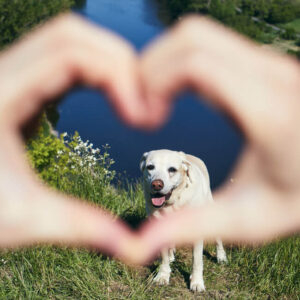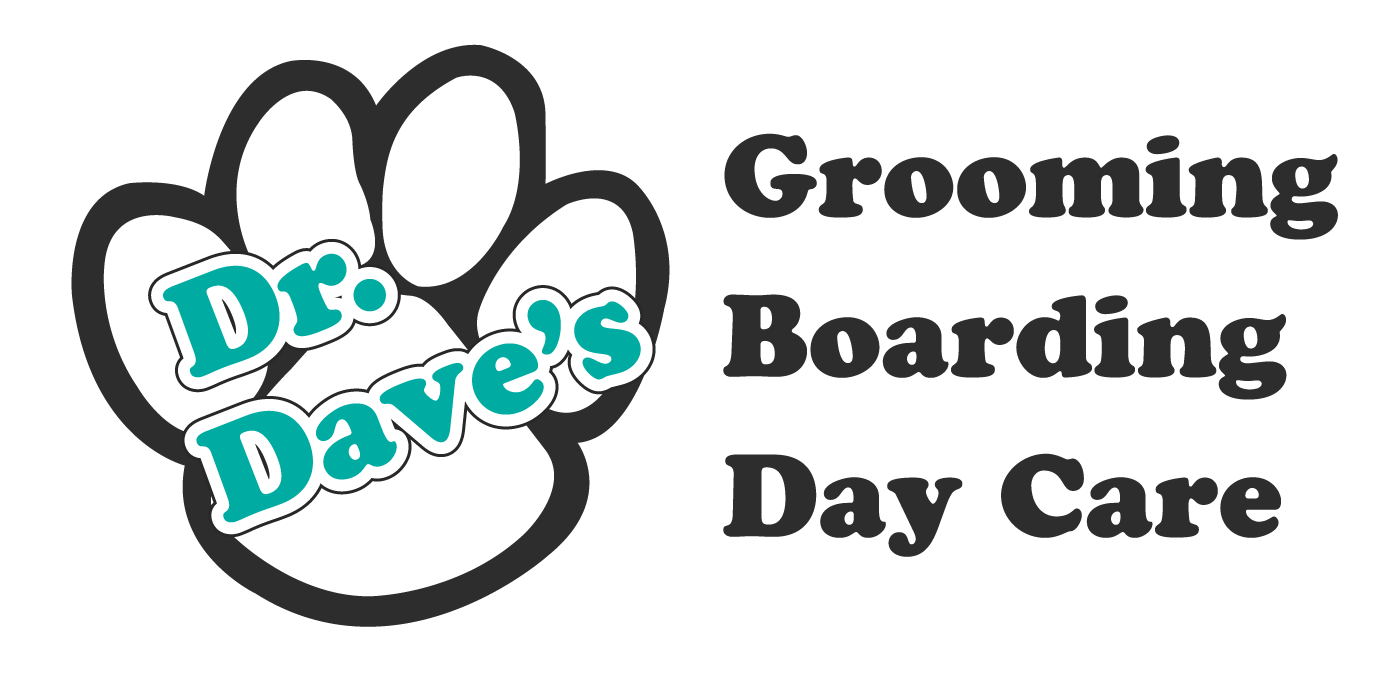Understanding Dog Body Language

How good are you at communicating with your dog? It’s important to know what your dog means when he or she makes sounds, but it’s even more important to understand dog body language. Dogs rely on nonverbal body language for most of their communication, and this can lead to misunderstandings if you don’t know what they mean. Dogs’ nonverbal signals often mean different things than they do among humans, so let’s take a closer look so you can better understand what your dog is trying to say.
We’ll start with an easy one- tail wagging. When dogs wag their tails, they’re happy, right? Actually, no. People often misinterpret this signal, because that is the assumption. In fact, a wagging tail just indicates emotional arousal. It might be excitement, or it could also mean frustration or some other negative emotion. How can you tell what your dog’s wagging tail means? Look at the speed and direction of the movement and the position of the tail.
- The faster the wag, the more aroused the dog. Long, slow, side-to-side tail sweeps indicate a relaxed dog, but a fast, twitch-like wag indicates that the dog is on alert.
- Look at the direction of the tail. Research indicates that dogs often wag their tails to the right when they’re feeling positive, and to the left when their emotions are more negative. When the tail goes in a circle, in a helicopter wag, the dog is happy.
- The position of the tail in relation to the ground indicates the emotional state. The higher the tail, the more assertive the dog. A dog with a dropping tail or a tail pointing at the ground is afraid and stressed, while tails up like a flag indicate confidence, and sometimes even aggression.
- A neutral tail means a relaxed dog. What is a neutral position? It depends on the breed. Some, like the Chow Chow, have tails that curl over their backs when they’re relaxed, while others, like the Italian Greyhound, have a low neutral tail position. Pay attention to your own dog’s neutral tail position so that you can notice when emotions have shifted.
The next thing to notice with dogs’ body language is raised hackles. This is when the hair on a dog’s back stands up, either across the shoulders or all the way down the back to the tail. This is a definite sign of arousal, but contrary to popular belief, it is not always negative. It’s an involuntary reaction, like goosebumps, and it could mean that the dog is upset or stressed, but it could just as easily mean intense interest or excitement.
A dog’s posture is another good indication of mood and intention. A cowering dog, hunched toward the ground is fearful or stressed. When dogs roll on their backs and expose their bellies, it can mean they’re relaxed and expecting a belly rub. On the other hand, the dog may be signaling appeasement, and may be anxious or stressed out. In fact, the dog may even urinate a little bit. If a dog is standing with weight shifted forward, it’s a sign that the dog is trying to get closer to something, perhaps just with interest, but sometimes aggressively.
It’s easy to interpret the play bow, when dogs place their chests on the ground with their rumps in the air. This means the dog is ready to play. A paw raise is less straightforward. In some breeds it’s a way to indicate nearby prey, but it often means a dog is feeling uncertain or insecure.
What about dog facial expressions? They differ from those of humans, even though we have similar features. For example, humans yawn because they’re tired or bored, but dogs yawn when stressed. Dogs use yawning as a self-calming mechanism and to calm others. In fact, you can try yawning at an anxious dog to provide comfort. The dog might yawn back, because yawning is as contagious to dogs as it is to humans. Lip-licking is another signal people tend to misinterpret. Dogs will lick their lips after they’ve eaten something good, but they will also lick their lips when they feel anxious. Smiling can also be confusing. Some dogs smile and show their front teeth to indicate happiness. This is different than when dogs bare their teeth, which is a warning and can look terrifying. How do you know if your dog is showing off his weapons or just flashing you a friendly smile? Look at the posture. IF the dog is loose and wiggly, it’s a happy dog who comes in peace.
The eyes can tell you a lot about your dog’s internal state. Dogs’ eyes can be soft, with relaxed lids and squinting, or hard and seemingly cold. Soft dogs indicate calm and happiness, while hard eyes indicate a negative state of mind. When a dog stares intently at something for a long time, means a threat. If your dog is avoiding eye contact, he or she may be trying to calm an uncomfortable situation. If your dog is showing the whites of her eyes, it means she’s feeling anxious and stressed.
It is important to note that dog body language signals do not stand alone. When you want to know what your dog is saying, pay attention to the entire package, from tail height to eyes, and so on. Work on learning what your particular dog is trying to tell you, and you will be able to develop a deeper bond of trust and respect.
Communicating with your dogs helps you care for them, and when you need some help caring for your pets, Dr. Dave’s Doggy Daycare, Boarding, and Grooming is your one stop shop! Our staff full of pet lovers has extensive experience in the pet care industry, and we understand that your pets deserve the best of everything. If you don’t want your dog to be lonely while you’re away from home, our daycare services will provide socialization with other dogs and a staff that will pay special attention to your pet’s needs. If you need to go out of town, we will keep your dog safe and happy, and we have a certified veterinarian available 24/7 in case of health care issues. Does your dog need grooming? We’ll provide your pet with a spa day worthy of royalty. For more information about all the services we offer to dog lovers and their dogs, call 408-647-2774 in Saratoga or 408-520-4902 in Campbell.
